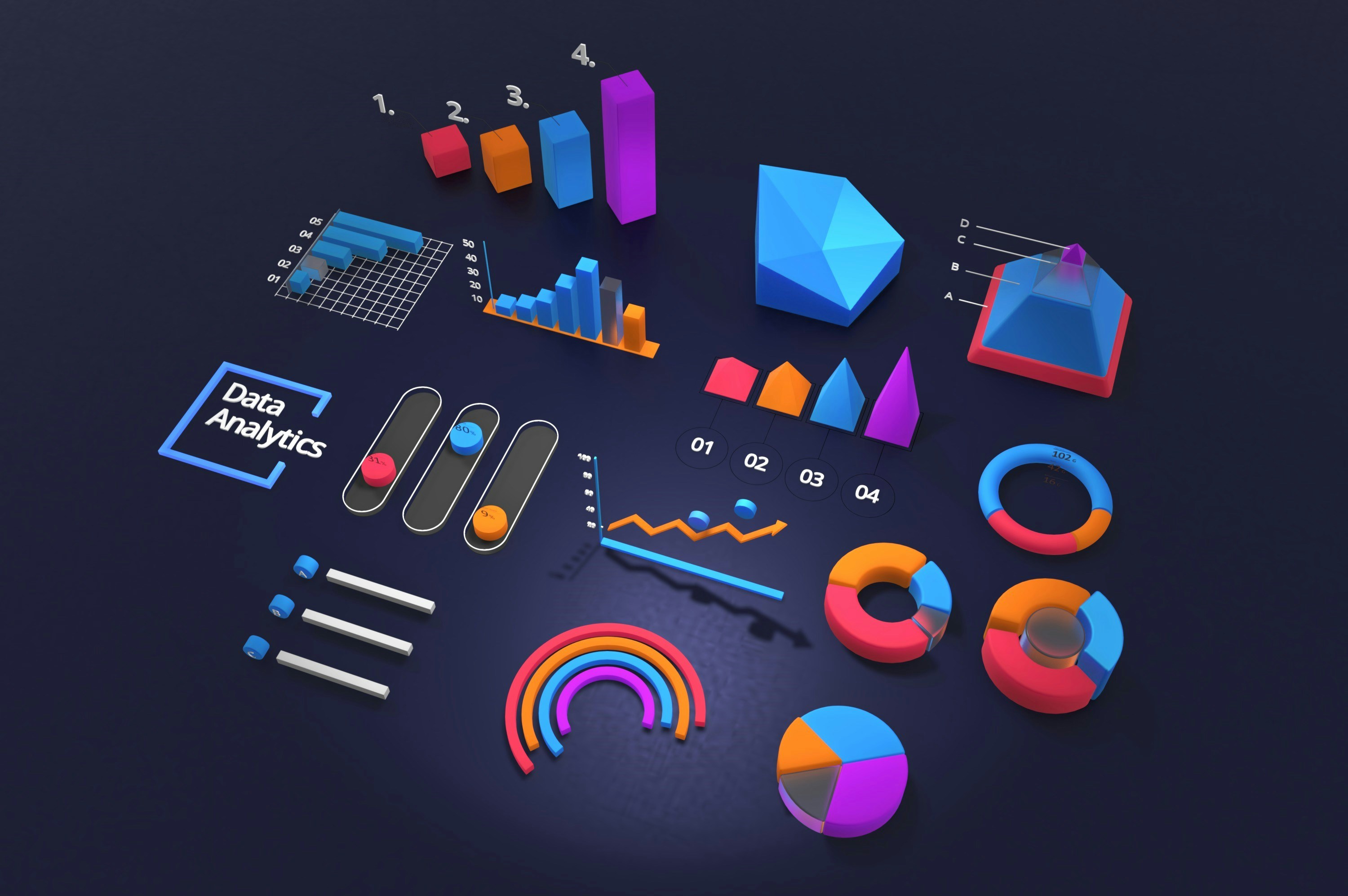What Is Time On Site? Everything You Need to Know

One of the buzzwords frequently mentioned in digital marketing is time on site or session duration. It’s often discussed in conjunction with bounce rate, time on page, and similar metrics and collecting this data is a good idea. But learning how to leverage it to move the needles is a better one..
Time On Site vs. Time On Page vs. Bounce Rate
Time on site, also known as session duration, is the total amount of time that someone spends navigating through your website. It is calculated by noting the timestamp when a visitor clicks through a search engine or link to your landing page and the timestamp when the visitor navigates away from your website.
Time on page, as the name implies, measures how long someone spends on a single page. Bounce rate, on the other hand, measures the percentage of visitors who visit a single page on your website before ending their session and clicking on another website.
Why is Time On Site Important?
Time on site is the best metric for determining how useful visitors find your entire website, instead of just focusing on one page. It answers questions like: how long do they spend shopping before purchasing a product? Are they reading multiple articles from the blog entries?
Is Time On Site the Same as Dwell Time?
Dwell time is a measurement of how long a user spends on a single page found through a search engine. The dwell time is measured by timestamps marking when a user clicks a link from a search engine to when they navigate back to their search results. Time on site, on the other hand, is the total amount of time a visitor spends on your website.
If a visitor spends a few minutes evaluating the webpage and navigates away from your website, it won’t count as a session because sessions don’t include time spent on exit or bounce pages.
What is the Average Time On Site?
The average time on site takes the total number of hours spent on a website during a specified period and divides it by the number of new sessions. Keep in mind that a single user may have multiple sessions if they log in to your website over a number of days or come back to what they were doing later.
How is Time On Site Measured?
Time on site is measured by using Kissmetrics’ analytics tool to note the timestamp when a user begins their session and compare it to the timestamp when the user exits their session. From that information, the tool determines the length of time someone spent on your website.
Is Time On Site a Search Ranking Factor?
Time on site is not a search ranking factor. Google is the most commonly used search engine, and since over half of their websites don’t use Google Analytics, they have no way of accurately measuring time on site for those sites. Without that data, time on site can’t be a factor they use in ranking.
How to Analyze Time On Site Metrics
There are a few things to keep in mind when analyzing your time on site metrics. The first is that your average time on site may not answer all of your questions about user activity and how they’re interacting on your website. For example, simply telling you that the majority of users spend thirty minutes on your website doesn’t provide actionable information.
The same thing could be said for individual user time on site. Someone might’ve only spent a minute on your site because they realized they didn’t enjoy the content, the page took too long to load, they were frustrated by the advertisements, or the next steps weren’t clear. You simply don’t know the details.
How to Report Time On Site Metrics
Segmenting users into cohorts based on the amount of time they spend on your website can help you determine whether you are providing enough instructions about how to proceed down the conversion funnel. If you notice that a large percentage of users are following the conversion funnel faster than you anticipated, that could indicate that they are skipping some critical steps or have found a faster path.
Alternatively, if you notice that a large percentage of users are spending more time on your website than you anticipated, there may be some confusing factor that is slowing down their journey. This could be a lack of internal linking, slow-loading pages, or other issues that are bogging down your users.
How to Improve Time On Site?
In many cases, you’ll want users to spend more time on your website. If your website only has a home page and product pages, visitors who don’t want to make a purchase won’t have any reason to stick around on your website. Even people who do make a purchase can do so fairly quickly. If you want to improve time on site, try some of the following options.
Include High Quality Content
In addition to your products or services on offer, the majority of websites include other pages full of high-quality information. These pages might describe the company founders, what they hope to accomplish, where the products are made, instructions for using the products, information about the features, and ways to use the products.
Whatever content you decide to include, ensure that you grab your readers’ attention and keep it. Choose a tone that represents your company and information that appeals to your audience. From there, your users will want to read more about your company and what you produce.
Use Relevant Keywords
You might have the best content in the world, but it won’t matter if the right people can’t find it. Writing an in-depth article about hurricane insurance won’t be of any use to people looking for information about car insurance.
If you don’t use relevant keywords, your article may appear in a search for people who aren’t looking for housing insurance or may not appear when people search variations on the terms.
Optimize Your Page Load Time
One of the biggest reasons for a high bounce rate and minimal time on page is a slow load time. People expect pages to load within a second and for every second they spend waiting for your content to load, they become increasingly likely to navigate away without ever seeing your page.
While some users will try refreshing the page, you can’t count on everyone to have fast internet connections, so you’ll need to design your web pages for the lowest common denominator.
You can optimize your page’s load time by limiting the use of complicated graphics, fonts, or formatting. Minimizing the use of tactics such as moving images, embedded videos, or automatically activated music can help your pages load faster.
You can never go wrong with a clean, sleek aesthetic, especially if it’s the difference between people staying and immediately leaving out of frustration.
Use Internal Linking
Another way to show your readers that you have more great content waiting for them is through internal linking. Linking to your sources during informational articles is necessary to prove how thorough your research was, but linking to other pages on your website is a good way to keep your audience engaged for longer.
For example, if you create a blog detailing the benefits of one of your products or how to use a key feature, you should add a link to the product description page. That way, if a visitor finds the page on a search engine, they’ll be able to find the product you’re describing. Or, you can link to more internal content that delves into similar topics if the reader wants to learn more.
Limit On-page Widgets, Pop-ups, and Ads
Finally, you should do your best to limit the number of pop-ups and outside ads on each page of your website. Adding a few links to affiliates isn’t a problem, but your visitors are there to learn more about your company, not someone else’s. If you have multiple pop-ups that assault the reader as they scroll down or on every page, they may get frustrated and stop their session.
Conclusion
Understanding how long your users spend on your website gives you information about how deeply they’re interacting with your content. As you create and refine your conversion funnel, it’s useful to know how long it takes users to proceed from finding your website to making a purchase. Alternatively, you can find out how much time they spend reading the articles you create.
Check out our website for more information on reporting essential metrics and how to leverage the information.
Sources:


